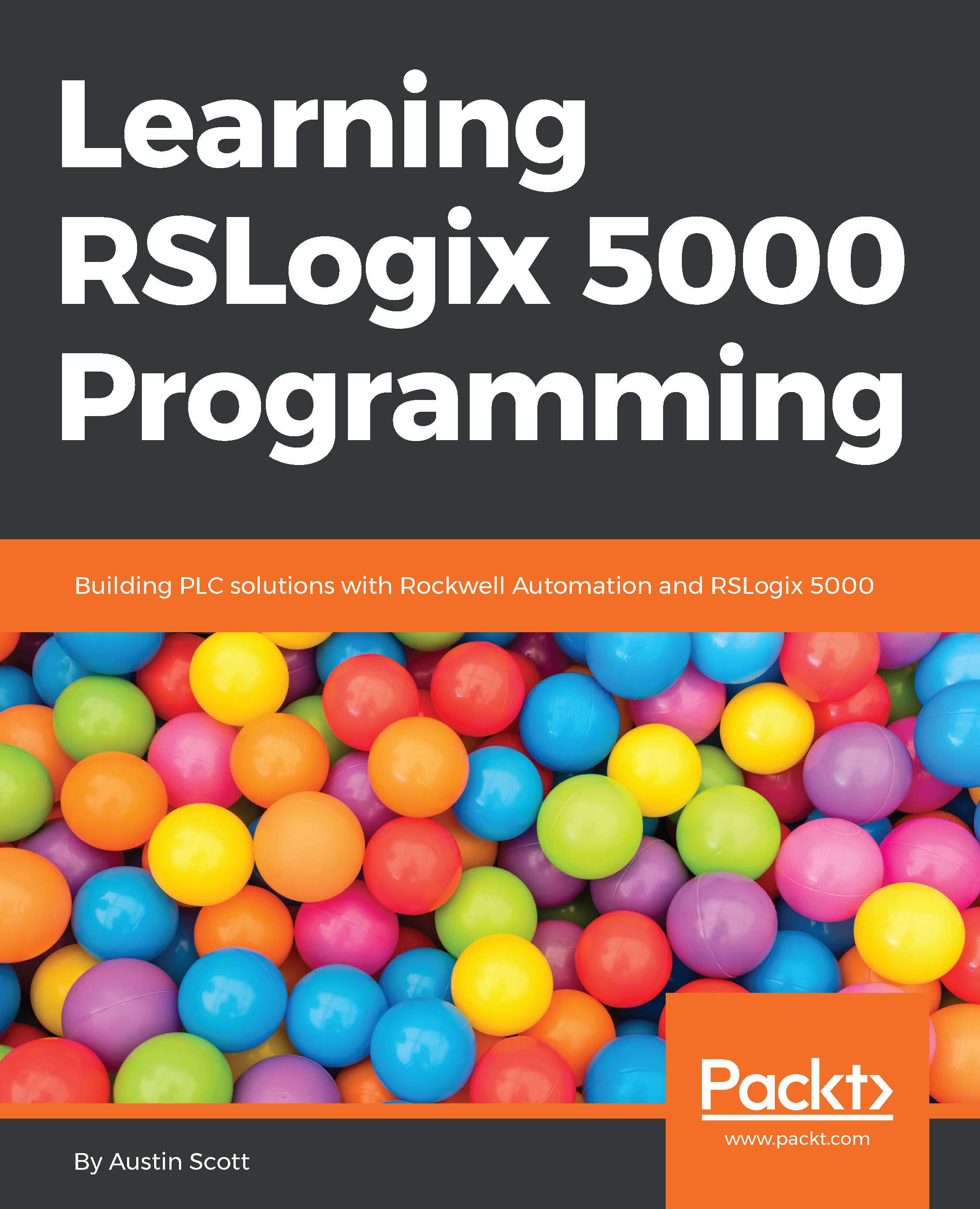|
1
|
1997
|
Cross reference support, RSLinx Version 2.0 support, L5x
|
|
2
|
1998
|
Trending, position and time camming, 1794 FLEX I/O, RSWho
|
|
3,4
|
1998
|
Internal builds, not released to the public
|
|
5
|
1998
|
SERCOS, quick view pane, function block diagrams, FLEX EX
|
|
6
|
1999
|
FlexLogix and SoftLogix support
|
|
7
|
2000
|
Windows 2000 support, CompactLogix support, Ethernet/IP support
|
|
8
|
2001
|
ControlLogix redundancy, DH485, nonvolatile memory L55
|
|
9
|
2001
|
SERCOS Drive support with 1756-M08SE module
|
|
10
|
2002
|
ControlLogix 5563 controller support
|
|
11
|
2002
|
SFC, ST, FBD online edits SoftLogix 5800, point I/O support
|
|
12
|
2003
|
RSLogix Emulate 5000, event task, CompactLogix support, compare
|
|
13
|
2004
|
SFC online editing, ST online editing, LD import/export
|
|
14
|
2004
|
GM only build
|
|
15
|
2005
|
S88, add 1756 I/O modules during runtime, user-defined data type (UDT)
|
|
16
|
2007
|
User-defined
add-on instructions (AOI), ControlLogix 1756-L64
|
|
17
|
2008
|
Windows Vista, free to download demo, advanced process control
|
|
18
|
2010
|
1756-L73, 1756-L75 controller, CIP motion, CIP SYNC, CompactLogix safety
|
|
19
|
2010
|
Windows 7 support, 1756-L72, 1756-L74, integrated motion Ethernet/IP
|
|
20
|
2012
|
1756-L71, support 200 to 10,000 I/O points, GuardLogix
|
|
Studio 5000—Logix Designer
|
|
21
|
2013
|
Logix Designer, alarm log, comments and descriptions stored in PAC
|
|
22
|
2014
|
Internal build, not released to the public
|
|
23
|
2014
|
Controller firmware updates and fixes
|
|
24
|
2014
|
Windows 8 support, logical organizer view, program parameter, merge improved
|
|
25
|
2015
|
Internal build, not released to the public
|
|
26
|
2015
|
Windows 8.1 support, license-based source protection
|
 United States
United States
 Great Britain
Great Britain
 India
India
 Germany
Germany
 France
France
 Canada
Canada
 Russia
Russia
 Spain
Spain
 Brazil
Brazil
 Australia
Australia
 Singapore
Singapore
 Canary Islands
Canary Islands
 Hungary
Hungary
 Ukraine
Ukraine
 Luxembourg
Luxembourg
 Estonia
Estonia
 Lithuania
Lithuania
 South Korea
South Korea
 Turkey
Turkey
 Switzerland
Switzerland
 Colombia
Colombia
 Taiwan
Taiwan
 Chile
Chile
 Norway
Norway
 Ecuador
Ecuador
 Indonesia
Indonesia
 New Zealand
New Zealand
 Cyprus
Cyprus
 Denmark
Denmark
 Finland
Finland
 Poland
Poland
 Malta
Malta
 Czechia
Czechia
 Austria
Austria
 Sweden
Sweden
 Italy
Italy
 Egypt
Egypt
 Belgium
Belgium
 Portugal
Portugal
 Slovenia
Slovenia
 Ireland
Ireland
 Romania
Romania
 Greece
Greece
 Argentina
Argentina
 Netherlands
Netherlands
 Bulgaria
Bulgaria
 Latvia
Latvia
 South Africa
South Africa
 Malaysia
Malaysia
 Japan
Japan
 Slovakia
Slovakia
 Philippines
Philippines
 Mexico
Mexico
 Thailand
Thailand
















